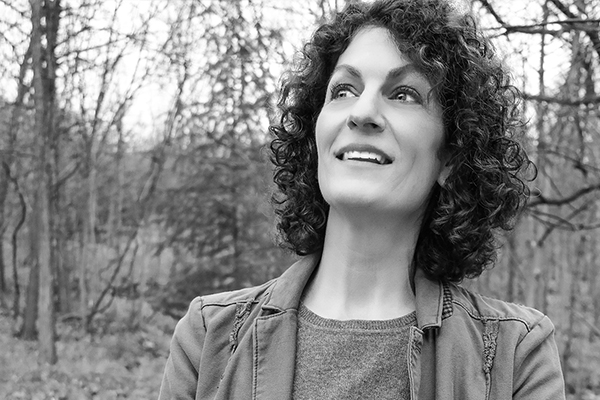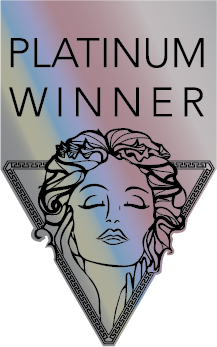
Interview
Marta Fiscus
United States
For Marta Fiscus, photography has always been a part of her life and decided to rebalance her priorities and her love for photography when the pandemic began.
1 Can you introduce yourself and talk about how you got into photography?
Photography has always been a big part of my life but I was only able to practice in my spare time because I was teaching. In 2020 when the pandemic began, I decided to rebalance my priorities to find a deeper sense of meaning and purpose in my work. This is when my Macro journey began. During the social isolation, I started developing a native garden and spending more time exploring protected wilderness areas. Now, photographing flora and fauna is a mindful practice that defines my daily life. Embracing details that I hadn
2 Where did you study photography?
My most significant learning experience was growing up with my Dad who had a passion for photographing birds. I went on hikes with him, observed his deep love and respect for nature, how he used his equipment, and how to use a dark room. I took a color study course at Kenyon College where I got a BS in Psychology and Music. Later I received a BFA from Frostburg State University with a focus on Photography, Printmaking and K-12 Visual Arts Teacher Certification. I continue to study online with mentors.
3 Do you remember your first shot? What was it?
I can
4 What equipment do you use?
I use the Canon OES 6D body and alternate two Laowa macro lenses - the 60mm 2:1 Super Macro and the 25mm 2.5-5X Ultra Macro. For lighting I use the Meike MK320 Speedlite and a diffuser.
5 What compliment inspired/touched you the most?
I
6 What inspires your unique storytelling?
Spending time exploring nature is my ultimate inspiration. It
7 What THREE (3) words describe your photography style?
Precise. Delicate. Vibrant.
8 Congratulations! As the winner of the MUSE Photography Awards, what does it mean for you and your team to receive this distinction?
Being placed among the global community of talented photographers from all genres is an honor I am still processing. The sense of connectedness and accomplishment is a beautiful message that I am treading the right path to a sense of purpose, fulfillment and mastery of what I love to do.
9 Can you explain a bit about the winning work you entered into the MUSE Photography Awards, and why you chose to enter this project?
My series
10 How has winning an award developed your career?
The most significant change is the development of my self-confidence. The more I put my work out there, the more I align with people and organizations that reinforce my goals. It
11 Name 1-3 photographers who have inspired you.
Magdalena Waniczek, Micael Widell, and Ansel Adams.
12 What was the best piece of advice you were given starting out, by a mentor or your role model?
Know what it is that you have to offer, and only share your best work. - Marc Royce
13 What advice would you give someone who would like to become a photographer today?
Take as many shots as possible of the same subject from different perspectives. Read about and follow an array of successful photographers. Practice every day and ask for help when you need it.
14 What is your key to success? Any parting words of wisdom?
Making my passion a daily practice by creating an environment and schedule to thrive, in my case establishing my yard as a wildlife sanctuary. I ask for help when I need it and try taking nothing for granted.
15 How do you stay in that space of being receptive to new information and knowledge?
My passion drives me. It
16 Anything else you would like to add to the interview?
I

